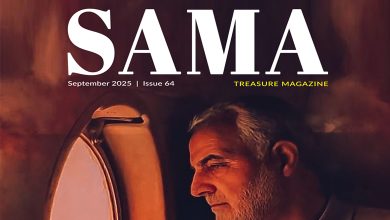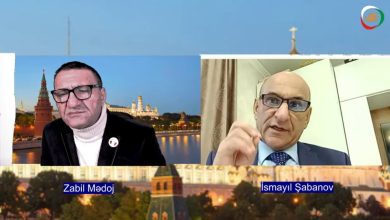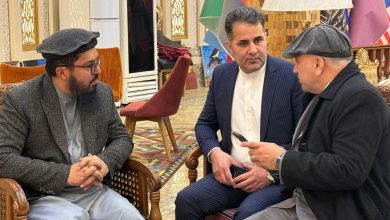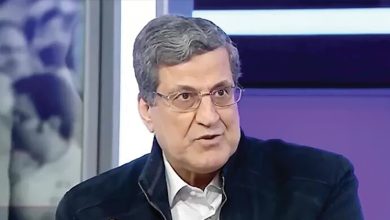Zabad-2025 Maneuver
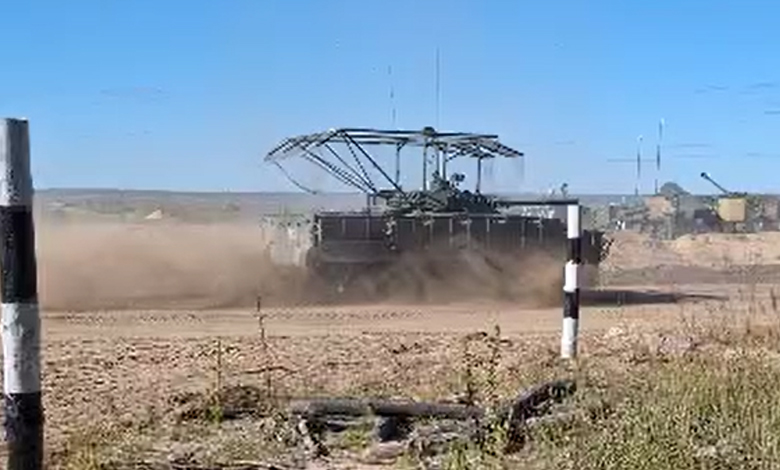
Seyed Hamid Reza Qureshi, Editor-in-Chief of the monthly Ganjineh Sama magazine and correspondent sent by Seda Sama to cover the Zabad-2025 maneuver:
States seek to enhance their security and maintain their prestige on the international stage by exchanging legitimacy through joining various treaties with military, economic, or other objectives. These activities fall within the scope of diplomacy, such as public diplomacy and defense diplomacy, which include high-level security and strategic dialogues, military educational and professional exchanges, arms and equipment imports and exports, and conducting joint military maneuvers and exercises.
The Russian Federation is considered one of the most active countries in this field, striving by various means to consolidate its former status as the heir of the Soviet Union. After the collapse of the Union, the West maintained dominance until Russia, after a short period full of fluctuations, managed to restore its capabilities and confront Western hegemony, particularly that of the United States. Through its support for the Global South and the Resistance Front, especially in Syria, Russia was able to present a positive image of itself, encouraging other countries to cooperate with it on shared objectives.
The Zabad-2025 maneuver, with Iran, Russia, Belarus, Bangladesh, India, and Tajikistan participating as active forces, and Mali, Burkina Faso, Congo, and Malaysia as observers, sent a clear message of strength to the West, as reflected in its name: “Zabad,” meaning “West” in Russian. Russia demonstrated its full readiness during this maneuver through the use of suicide drones, robots, and advanced air defense systems alongside its upgraded conventional weapons, such as the 23mm anti-aircraft artillery. All of this reflected Moscow’s determination to confront Western ambitions and its preparedness for a prolonged and comprehensive war if necessary.
The maneuver plan was designed based on experiences from the Ukraine war, where the opposing forces represented what was called the “Polar Republic,” while Iranian forces played the role of the “Emirate,” and Russian and Belarusian forces represented the “Eastern Forces.” The phases included defense against enemy attacks first, followed by offensive operations using artillery, engineering units, and multinational forces. Airborne operations were carried out using two helicopters carrying mixed forces with motorcycles, in addition to an armored force composed of six T-72 BM-B3 tanks, which successfully liberated a virtual city designed as a mock-up.
The maneuver lasted 12 days and concluded on Tuesday, September 16, 2025, with a display of all military capabilities in the presence of Russian President Vladimir Putin.



